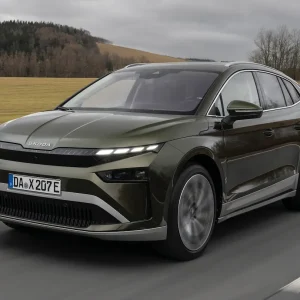Along with the Nissan Leaf, the Renault Fluence is the main focus of attention for businesses looking at electric vehicles to replace existing passenger vehicles, as it’s basically a Megane saloon.
The advantage it holds over its Nissan rival is in that Megane gene pool. While the Leaf is designed to stand out, as was the case with the first hybrid Toyota Prius, the Fluence will appeal to people not looking to make a statement about the eco-friendliness of their car choice. If anything, it will turn heads in its own right as a sleek saloon.
Around half of sales will be into the corporate arena, with the £17,000
post-Government incentive price tag roughly matching a diesel hatchback of similar performance. Fleet drivers will enjoy BIK exemption for the first few years, increasing the appeal, although a range of around 100 miles is the reason the car won’t work for many people.
Inside, anyone familiar with the Renault hatchback’s switchgear will feel at home, which also means adequate rear passenger space.
On our brief test route around London, power delivery proved to be similar to other electric vehicles, in that there’s an instant surge as soon as the accelerator is pushed, which leads to some mental re-training in terms of when to accelerate off roundabouts or out of junctions. The regenerative feature, which helps replenish the battery when the car’s slowing, is unobtrusive, and the brake pedal has more feel and is less wooden than other alternative-fuelled vehicles we’ve tried.
The actual production model will be 13cm longer than this late prototype that was available to drive 18 months before the car goes on sale. That extra length will all be in the rear overhang, increasing the test car’s meagre boot space, as that’s where the battery sits. Renault is quoting a 300-litre boot space for the final version that should prove plenty for a car in this class.
The Fluence shows that the compromises for EVs, bar the range issues, are minimal, and in the right circumstances where low mileage isn’t a restriction, or as a second household car, there’s little reason not to start looking at them as a practical and affordable alternative transport.
|
||||||||||||||||||||||||





